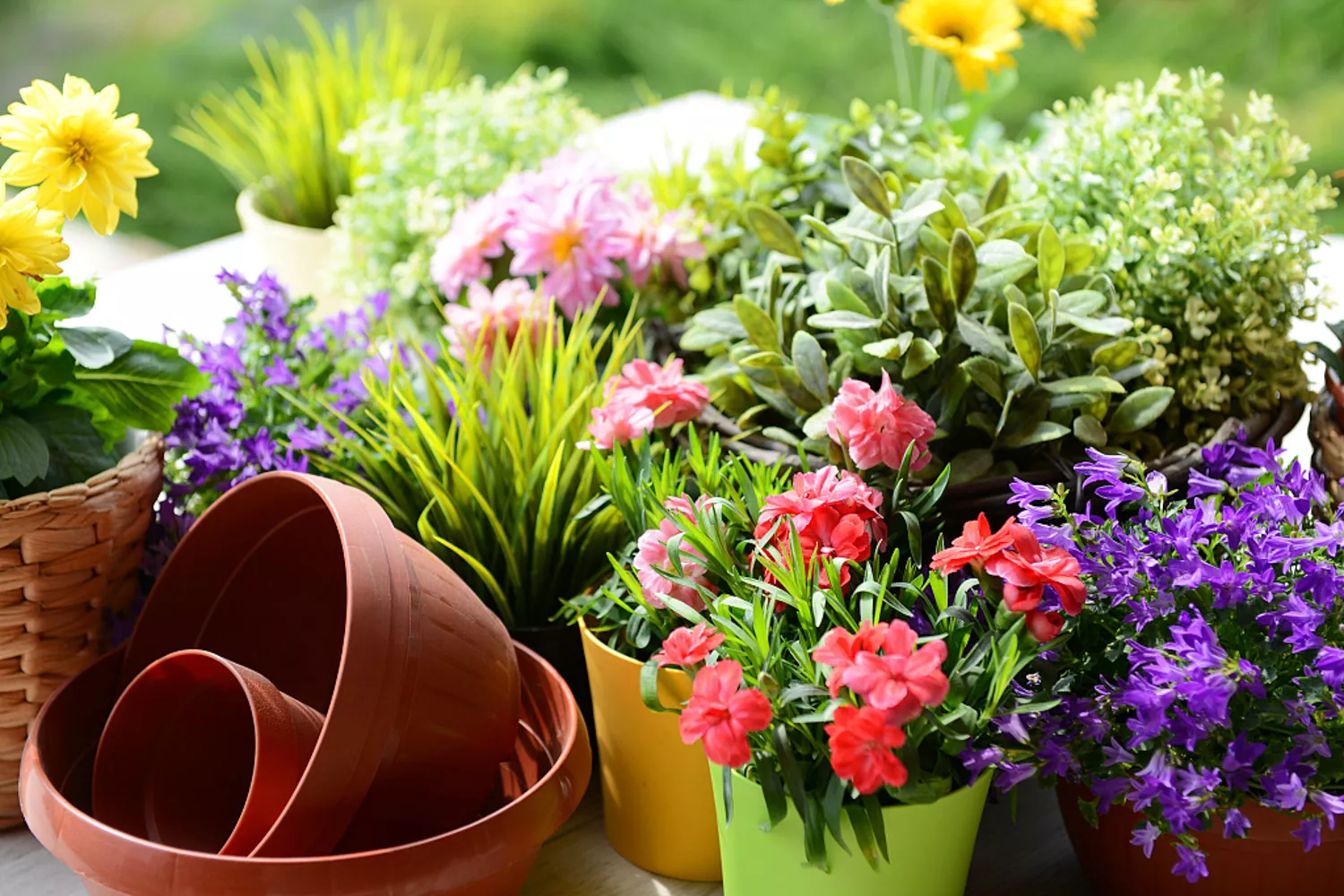Choose a substrate that retains water and breathes well
This is the most important prerequisite for keeping good flowers. If you do this, you will be 50% successful in raising flowers. The rotten leaf soil and the special substrate for raising flowers on the mountain, and the water moss are all very good substrates for raising flowers. Stop trying to find soil everywhere to raise flowers, it's a waste of time and you'll have a hard time finding good soil, the key is that you'll have a hard time raising flowers with such soil.
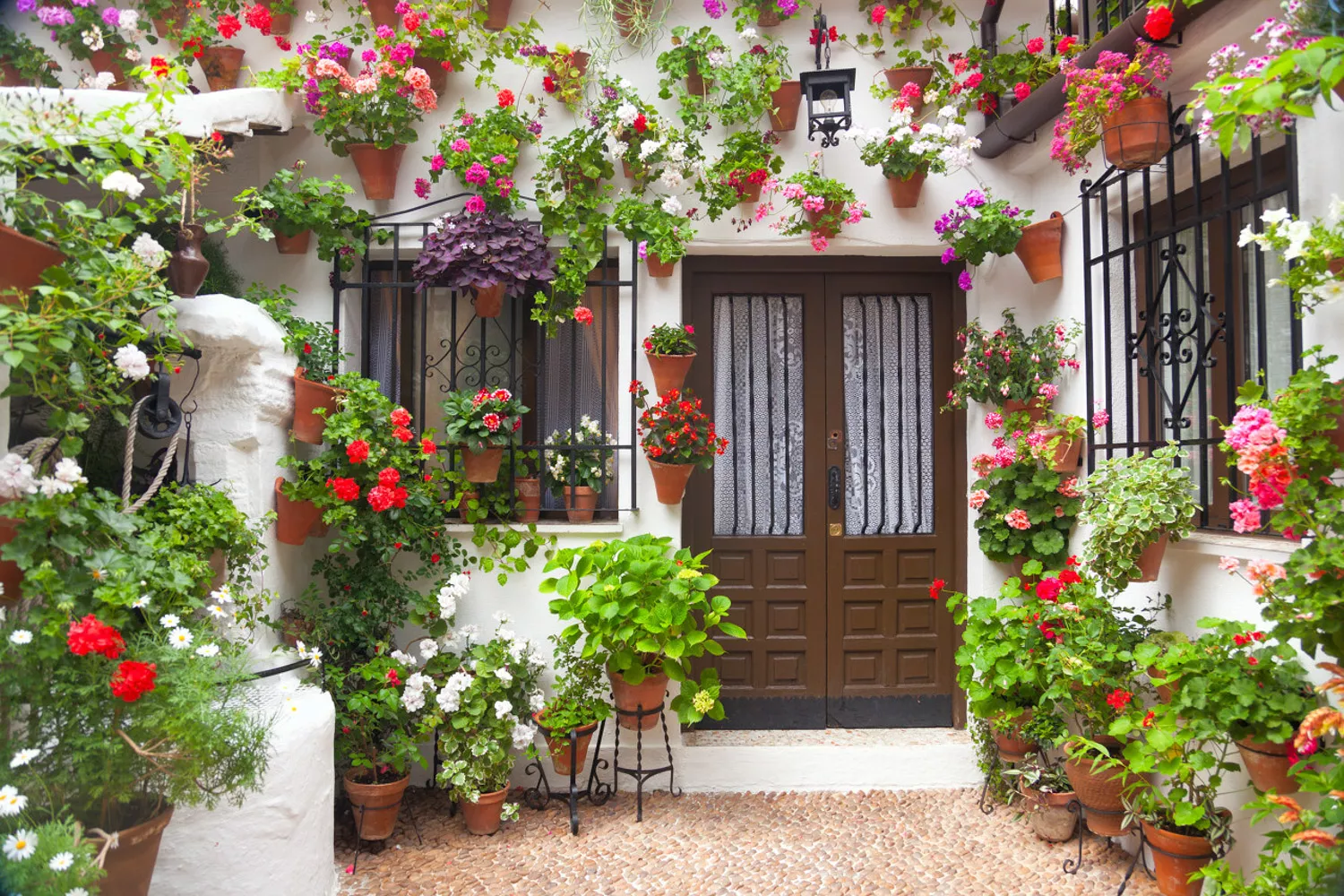
Qualitative vs. quantitative watering
Don't believe in the "water every other watering method" anymore, it's not only bad for your flowers, but often makes you a "plant killer". 80% of people who don't do well with their flowers do so because of watering problems. Why? Water evaporation is the main reason why flowers need to be watered. Environmental conditions can be different in every home.
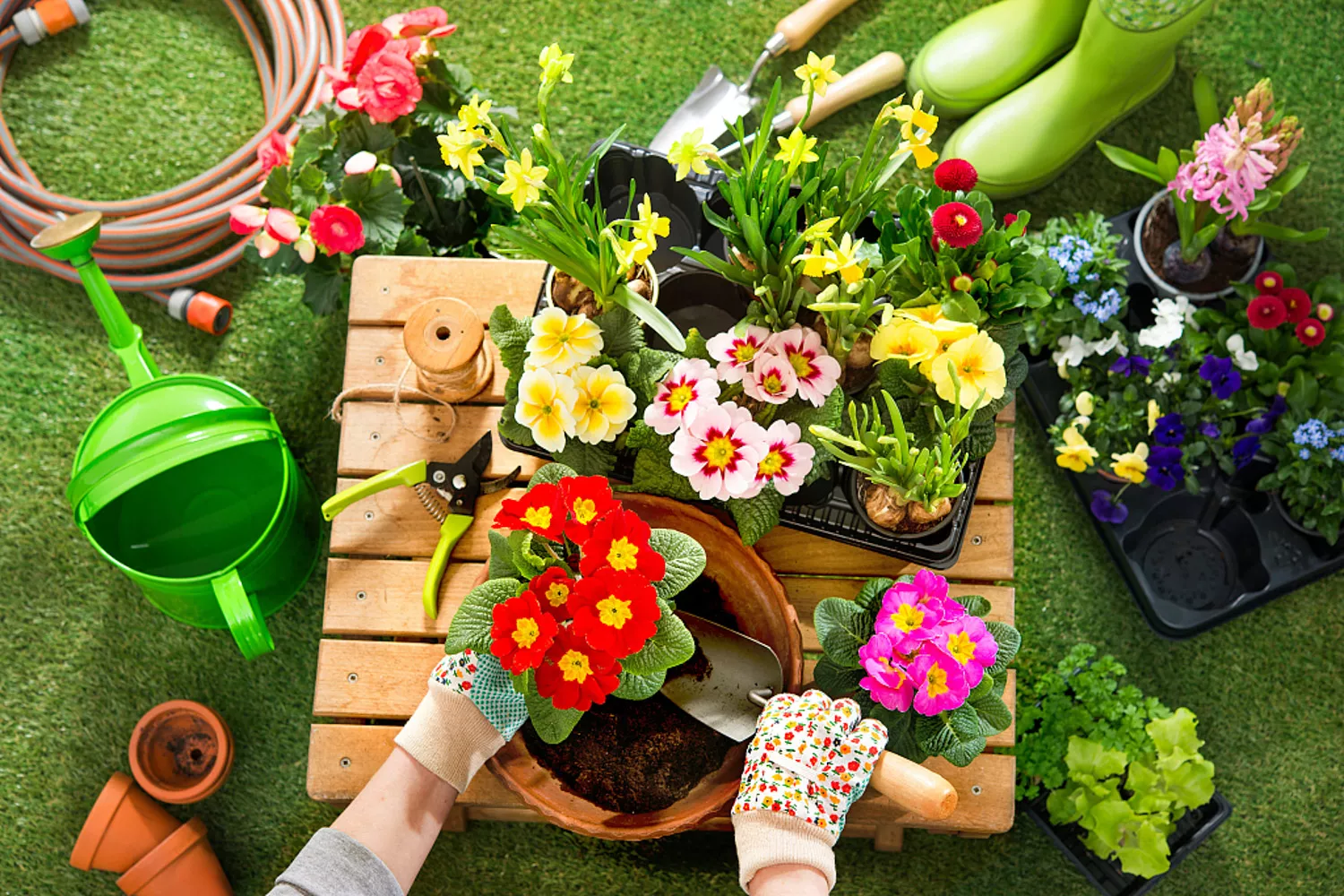
For example, in the same neighborhood, at the same time, some homes have air conditioning and some don't. The evaporation of water is completely different, so it is often difficult to avoid problems when judging whether flowers need to be watered according to "time quantification criteria".
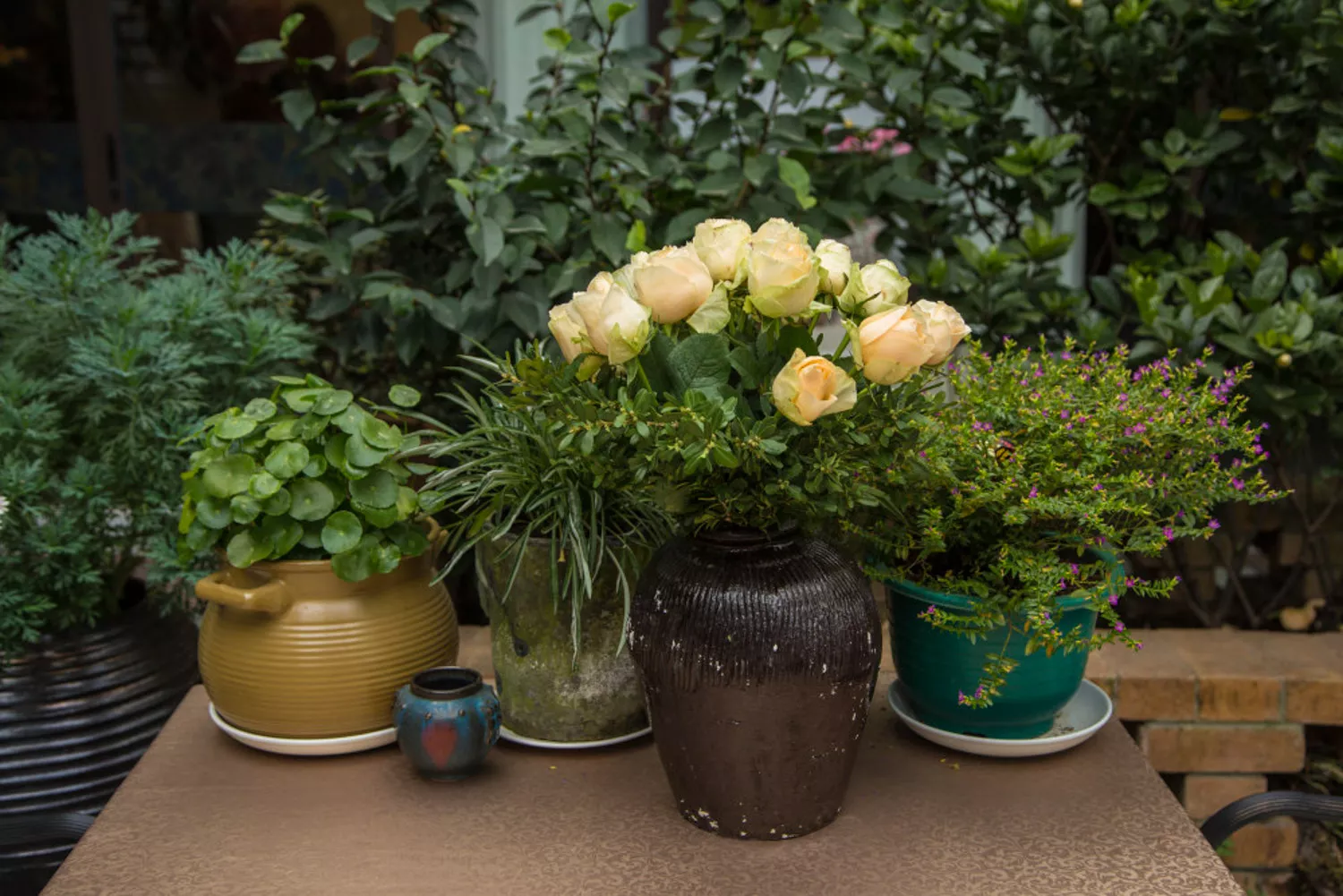
The need for watering should be judged "qualitatively" and not by "quantitative criteria of time". A "qualitative judgement" is one where you can judge the need for watering by observing changes in the colour of the planted substrate or by feeling it to the touch or wetness.
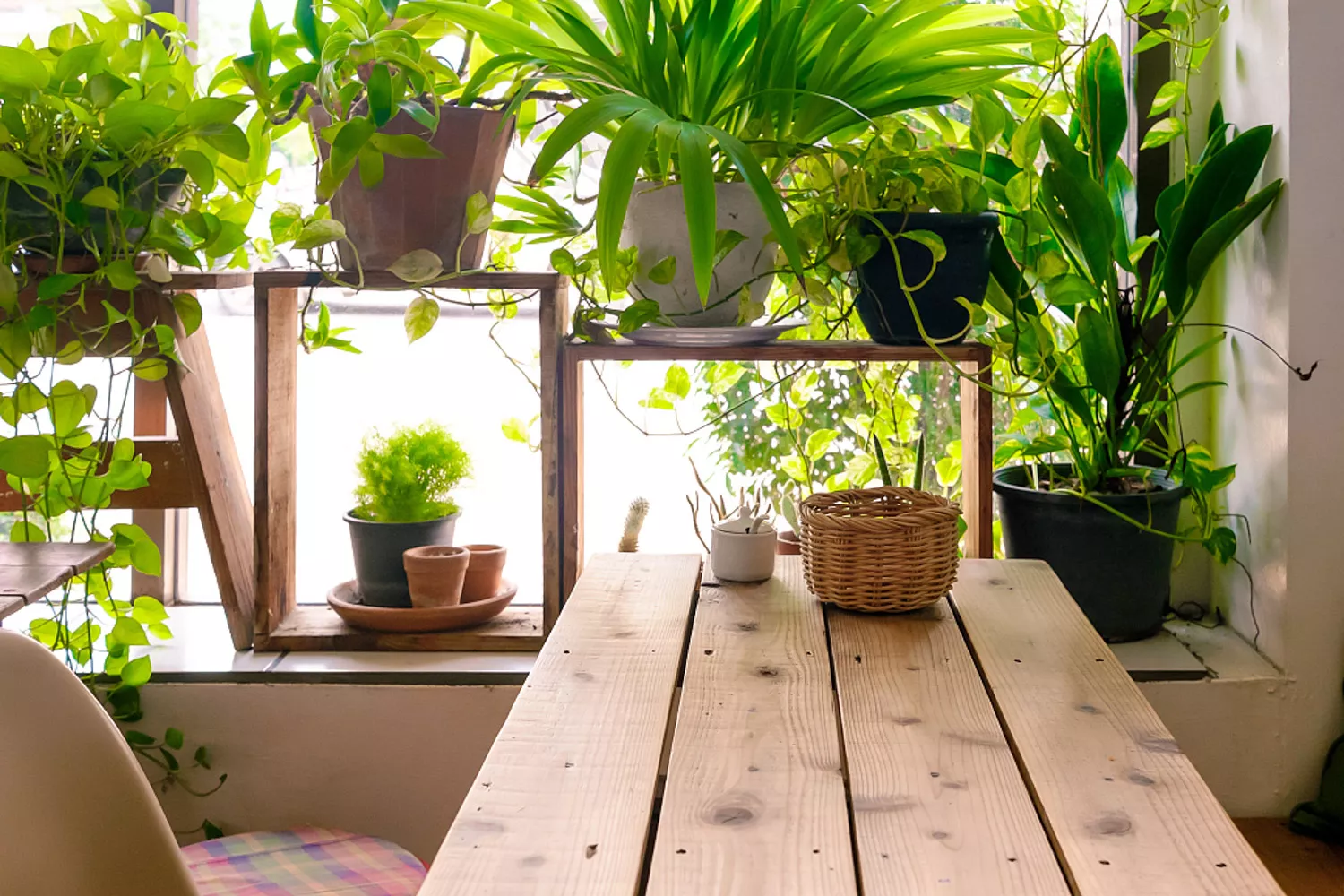
If the color of commercial nutrient soil or water moss turns white when there is a shortage of water, and there is no water mark on your hand, you should water it at this time. The so-called "quantitative watering" is to determine a suitable amount according to the size of the pot, and then to water so much water each time.
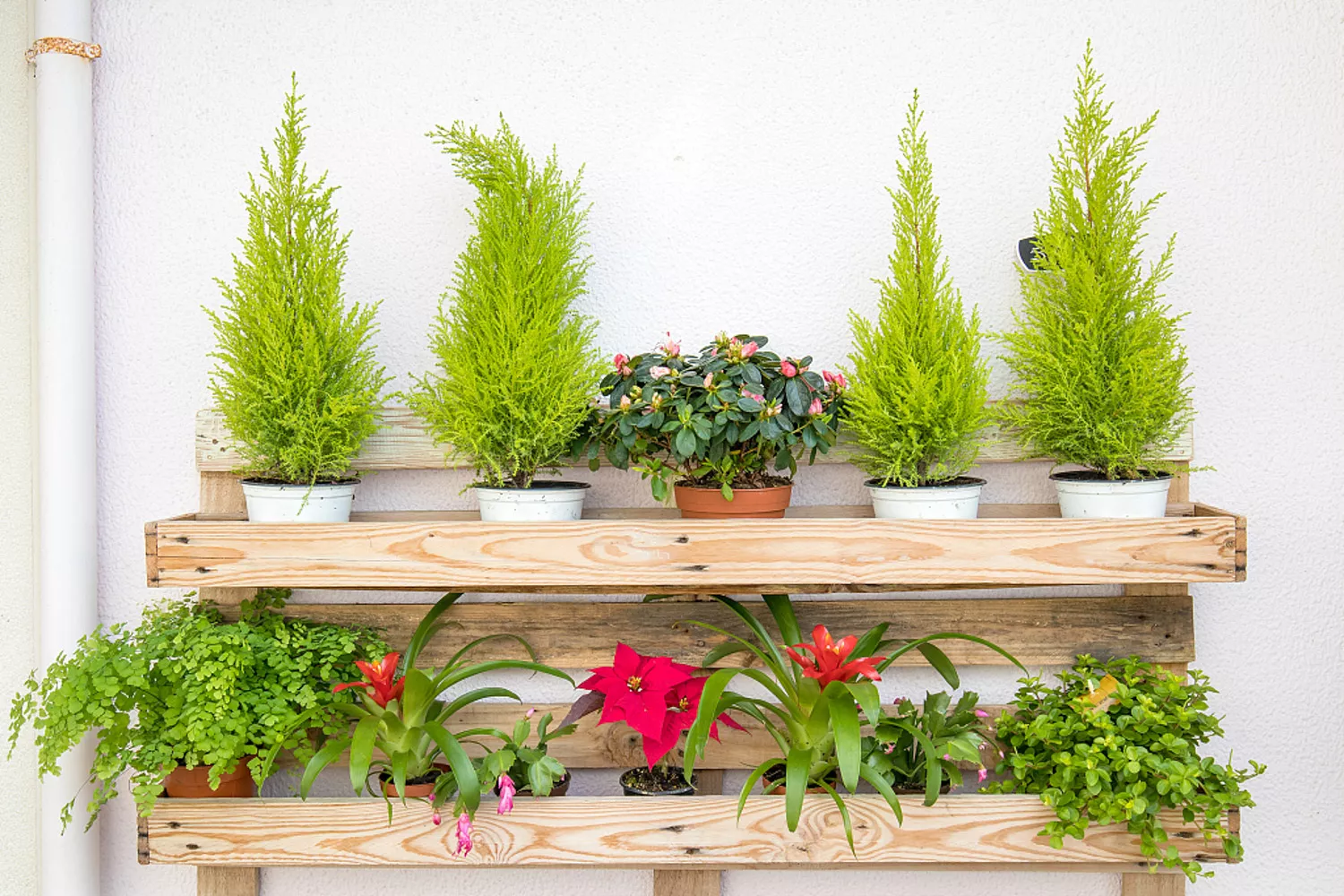
Using the substrate for flowers, the relative water content in the substrate is about 60%, and its moisture and air content is optimal for the plant roots. There is a simple way to judge this, which can be used when planting: grab a handful of substrate and hold it firmly, so that the water can drip down in the crevices of your fingers, rather than running down.
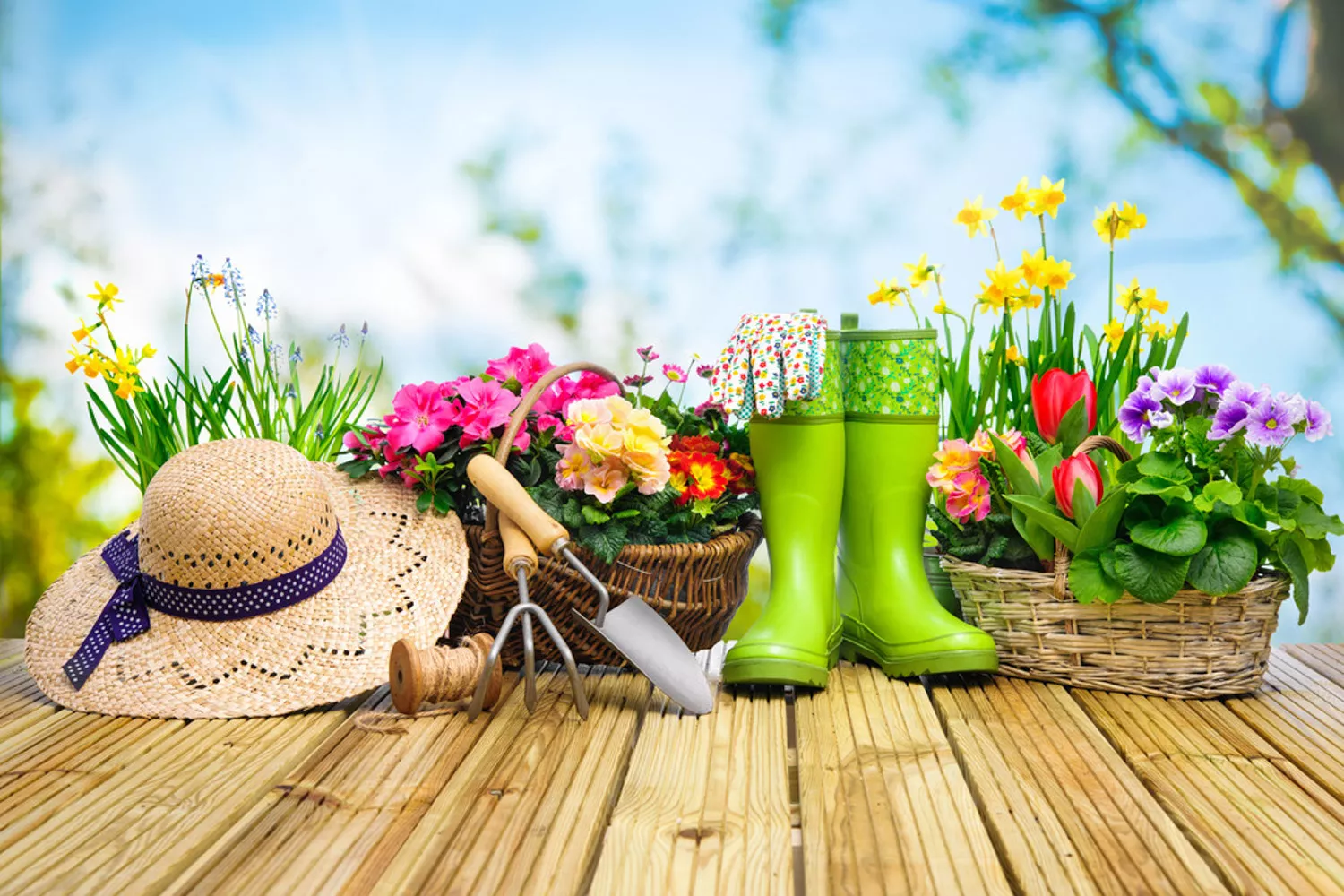
Use the right fertilizer
Flowers and plants not only need to "drink", but also "eat". Fertilizer is the plant's "food". If you don't let her eat for a long time, she will also become "yellow and thin". Like us, we should not be partial in eating, but too much will also "diarrhea" (too much fertilizer will burn the seedlings). Flowers "eat" also need to be balanced nutrition.

The best and easiest way for new flower growers is to apply "slow release granular fertilizer". Such as "Ao green fertilizer, Schluter" and so on. This fertilizer nutrients balanced, and the use of "film technology" fertilizer effect slowly released, even if you apply a little more, will not burn seedlings, at most a little waste. The "veteran" flower grower can use a full nutrient soluble fertilizer, combined with watering the roots, or foliar spray. If you can do this step again, you will be 90% successful.
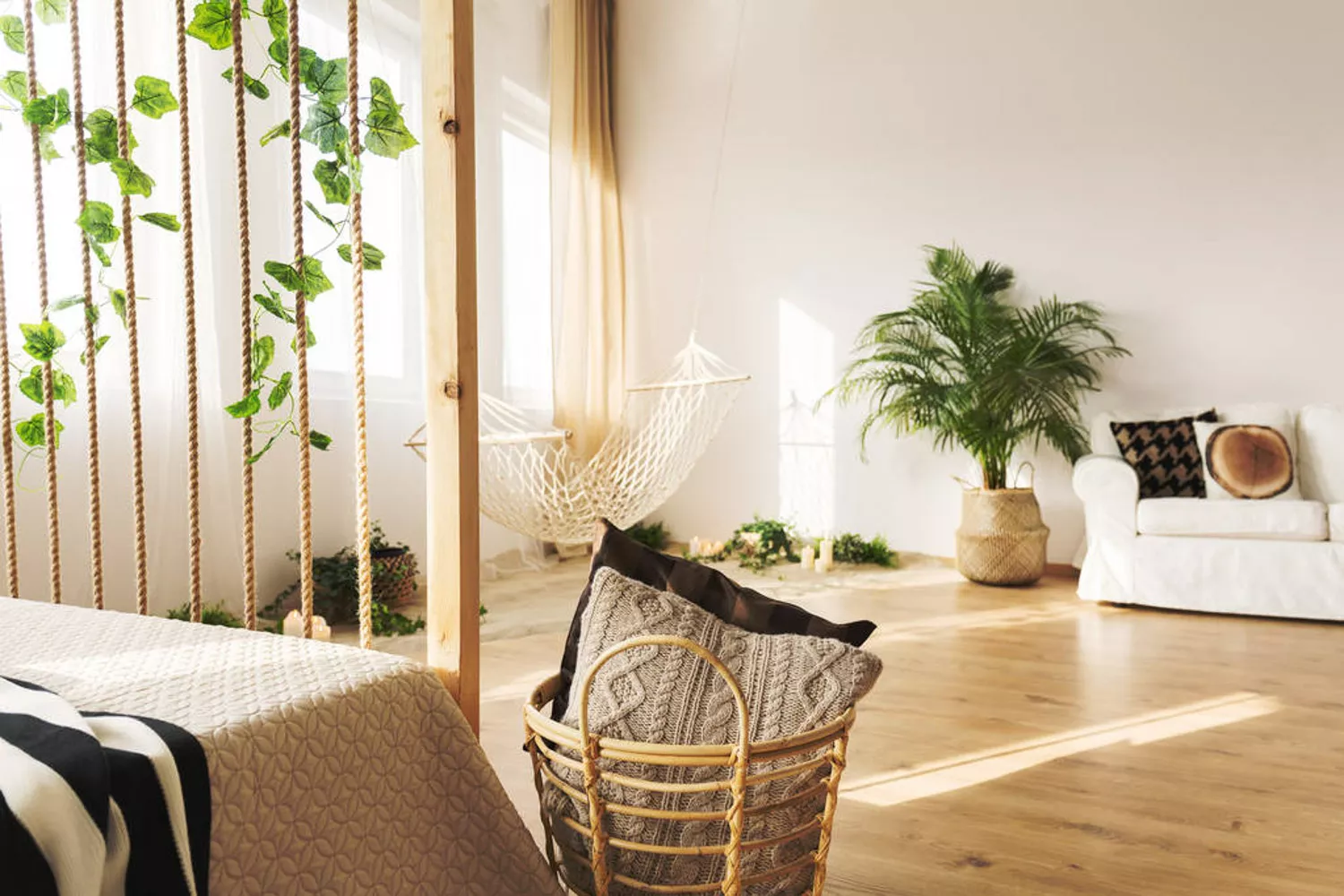
Set it in the right place.
That is, where the flowers you keep should be placed in your home in order for the flowers to grow well. You should at the very least know whether the flowers you have are shade tolerant or light loving, and then place them according to the light conditions in your home. Secondly, even shade-tolerant flowers and plants should be placed in a brightly lit area in the sun after a while. Placing in the right place also includes the flower's temperature requirements.
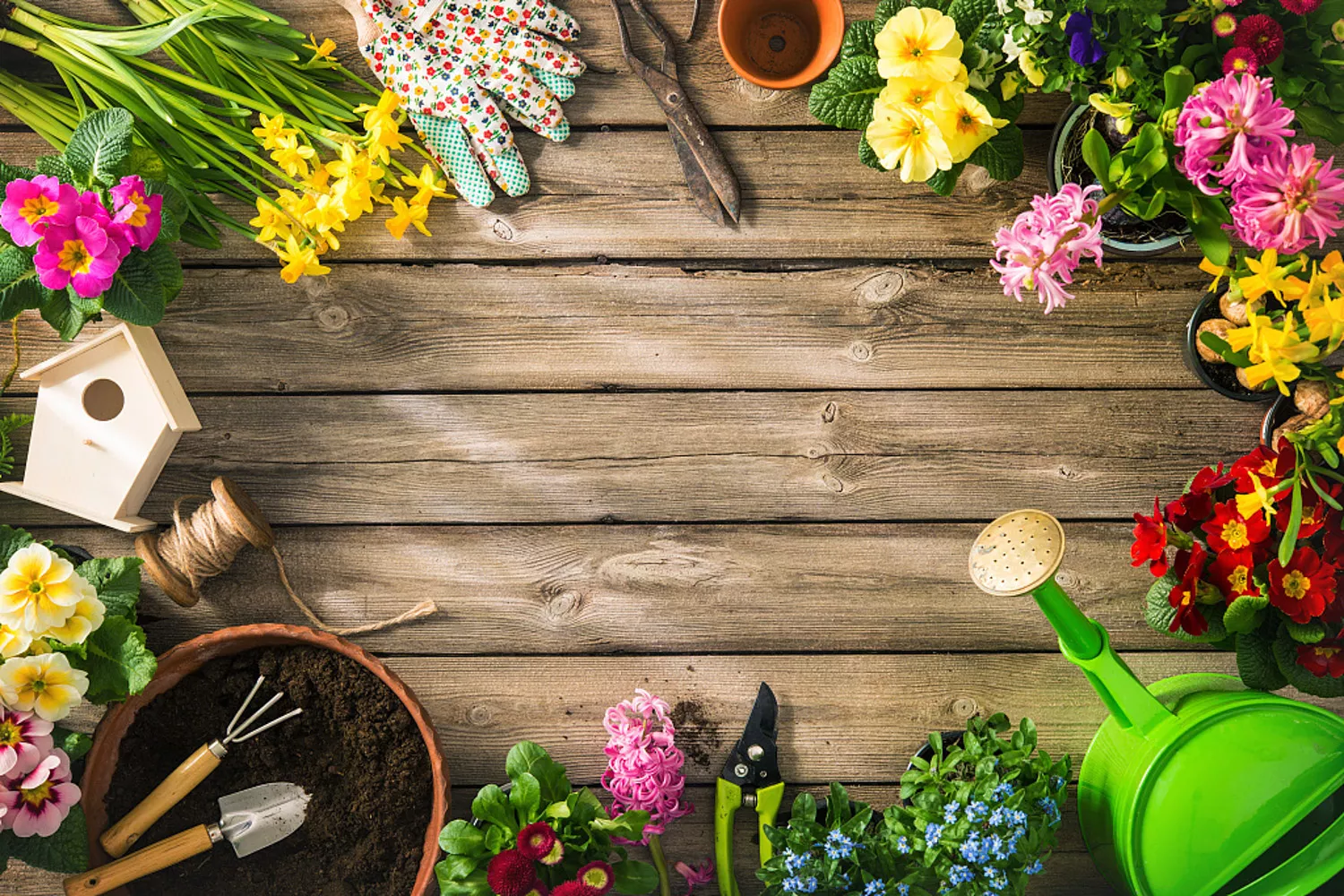
In fact, the appropriate ambient temperature for all living things is about the same. If you are feeling too hot or cold yourself, you try to place the flowers you have in a place in your home where you can feel more comfortable, but make sure to avoid that kind of drastic change in temperature in a short period of time. If you can get this step right, you're 95% of the way there. You'll be able to call yourself a master flower keeper.
